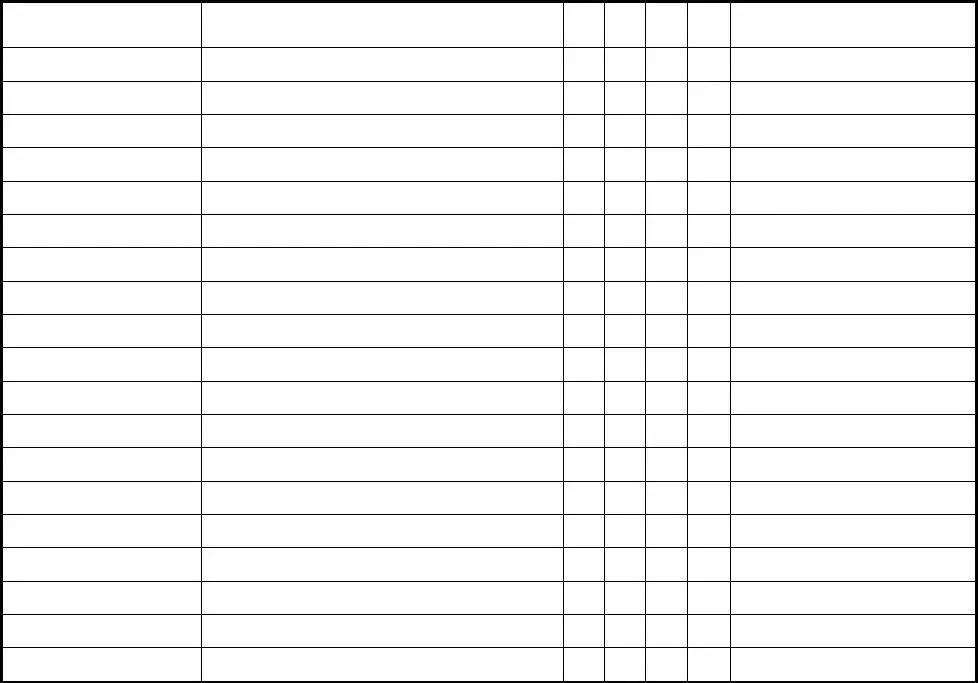The DA Form 2062, also known as the hand receipt, serves a critical role in the management of government property. Its structure and purpose are similar to the SF 120, which is a government-issued property transfer form. Both documents ensure that property is properly accounted for and transferred between individuals or units. The SF 120 provides a record of items being transferred and the responsible parties, similar to how the DA Form 2062 records the handover and responsibilities associated with various property types.
An additional document akin to the DA Form 2062 is the DA Form 3749, which is used for the temporary hand receipt of nonexpendable property. Like the DA Form 2062, the DA Form 3749 tracks the custody of items and ensures accountability. However, the DA Form 3749 is specifically designed for items that are expected to be returned after use, distinguishing it from the routine property transactions reflected in the DA Form 2062.
The DA Form 3161 is another relevant document that links closely with the DA Form 2062. This form is used for the request for issue or turn-in of supplies and equipment. While the DA Form 2062 focuses on the acknowledgment of items received or issued, the DA Form 3161 goes a step further by initiating that process, laying important groundwork for the accountability captured in the hand receipt.
Similarly, the DA Form 1687, which serves as a notice of delegation of authority, complements the hand receipt process. By designating who has the authority to manage government property, the DA Form 1687 enhances transparency and accountability. Together with the DA Form 2062, it ensures a clear understanding of who is responsible for items, thereby reducing the risk of mismanagement.
Another closely related document is the DA Form 7000, which is used for the request and receipt for certain equipment and supplies. The DA Form 7000 provides a detailed record of transactions involving various items, ensuring that each transfer of property is accurately documented. This oversight is essential for maintaining good practices of accountability, reflecting the same foundational principles present within the DA Form 2062.
In contrast, the DD Form 1348-1 serves as a requisition/issue document for military supplies and equipment, closely resembling the functions of the DA Form 2062. Both documents effectively detail the description of items and their quantities. Where the DA Form 2062 confirms the possession of property, the DD Form 1348-1 is often used earlier in the order or supply process to facilitate an issue.
The DA Form 4050, which captures nonexpendable property stocks, is another document that works in tandem with the DA Form 2062. This form gathers data on property status and availability, aiding in overall inventory management. The connection lies in their common goal: to maintain a reliable system for tracking government property effectively.
Furthermore, the DA Form 1637 provides a mechanism for reporting and requesting nonexpendable property. This instrument focuses on documenting the status of equipment and supplies, initiating requests for new items as necessary. Like the DA Form 2062, the DA Form 1637 underscores accountability and tracking, ensuring that assets are properly managed throughout their lifecycle.
Finally, the DA Form 5250 (Property List) also shares similarities with the DA Form 2062 by listing a variety of property held by a specific unit or individual. This form serves as a summary of property management, highlighting particular items and their details. Both the DA Form 2062 and DA Form 5250 provide a snapshot of holdings, working together to ensure complete visibility and accountability of military property.


